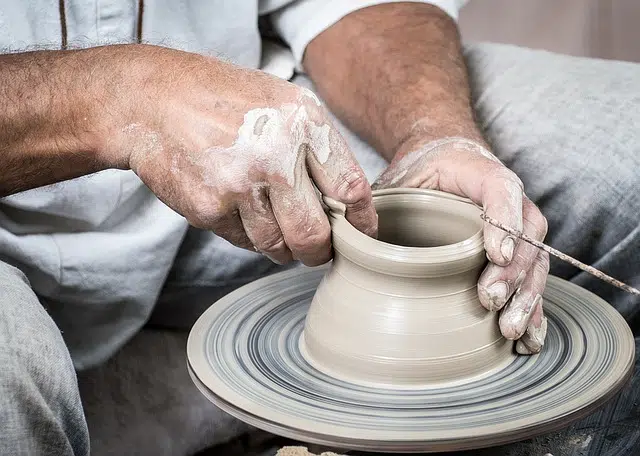
The solidification of water is known as freezing.
Solidification is the process and result of solidifying (making a liquid solid). Solidification can be defined, therefore, as a physical process that involves a change in the state of a matter .
Said change of state can be produced by the compression of the matter in question or by a drop in temperature . These factors cause the liquid to become solid. When a material dehydrates and hardens, we also speak of solidification.
It should be noted that the reverse process of solidification is fusion : in this case, a material that is in a solid state undergoes a process of physical change and becomes liquid.
solidification point
The term solidification also appears in the concept of solidification point (also known as freezing point ). In this case, it is the temperature necessary for a given liquid to transform into a solid if at the same time it is subjected to a certain pressure.
For a liquid that has not been mixed (that is, for a pure one), the solidification point is equal to the melting point, and therefore it can be said that it is the temperature at which said substance is in equilibrium.
The freezing
The most everyday example of solidification is the freezing of water . When a person places liquid water in an ice bucket (also called a cooler ) and takes it to a freezer , they do so with the objective of achieving solidification of the water. The decrease in temperature involved in being in the freezer causes liquid water to solidify and turn into ice. These ice cubes are then used to chill drinks.
Bringing water to its solidification point, which is none other than 0ºC, causes it to cool until it becomes solid, something that is expected of a matter in a liquid state, but it also does something unusual compared to the rest of things. the elements of this group: their volume increases . Most liquids go through a loss of volume when they freeze, but every time we put water in the freezer and remove it in the form of ice we can see that at the end of the process it takes up more space than at the beginning.
Many people have experienced a glass bottle "exploding" after leaving it in the freezer filled with water for a few hours, and this has nothing to do with the material but with the newly exposed property of the water.

Clay can be molded with the help of water and then, as it dries, it solidifies.
The solidification of magma
Another example of solidification can be seen in one of the most impressive creations of nature: volcanoes , more specifically with magma. It is a complex mixture that combines substances in the three possible states, that is, solid, gaseous and liquid, and its temperature is between 700 and 1200 ºC. Through the solidification of magma, igneous (or magmatic ) rocks are produced.
Since magma belongs to the group of molten materials, its volume and density are greater than those of the host rocks (those that surround the masses of igneous rock). Among its most abundant components are the following: silicon, oxygen, aluminum, iron, calcium, sodium, magnesium and potassium.
Other examples
We can also find an example of solidification when an artisan works with clay . This material, when in contact with water, becomes moldable. In this way it is possible to give it different shapes. Once the clay dries, it solidifies: that is, it hardens and becomes rigid.
We can find other cases of solidification in certain industrial processes that are carried out with metals . It is common for a metal to be subjected to a high temperature so that it melts and can be molded. Then, when the temperature is decreased, solidification of the metal develops.
